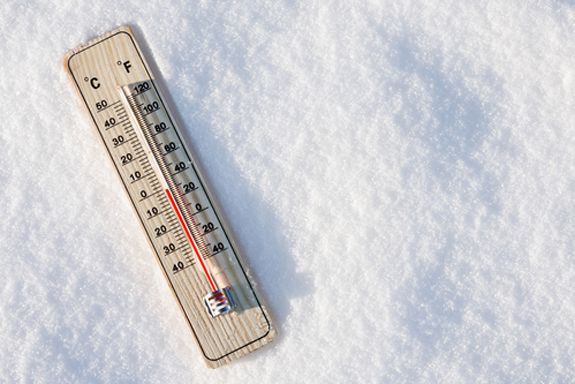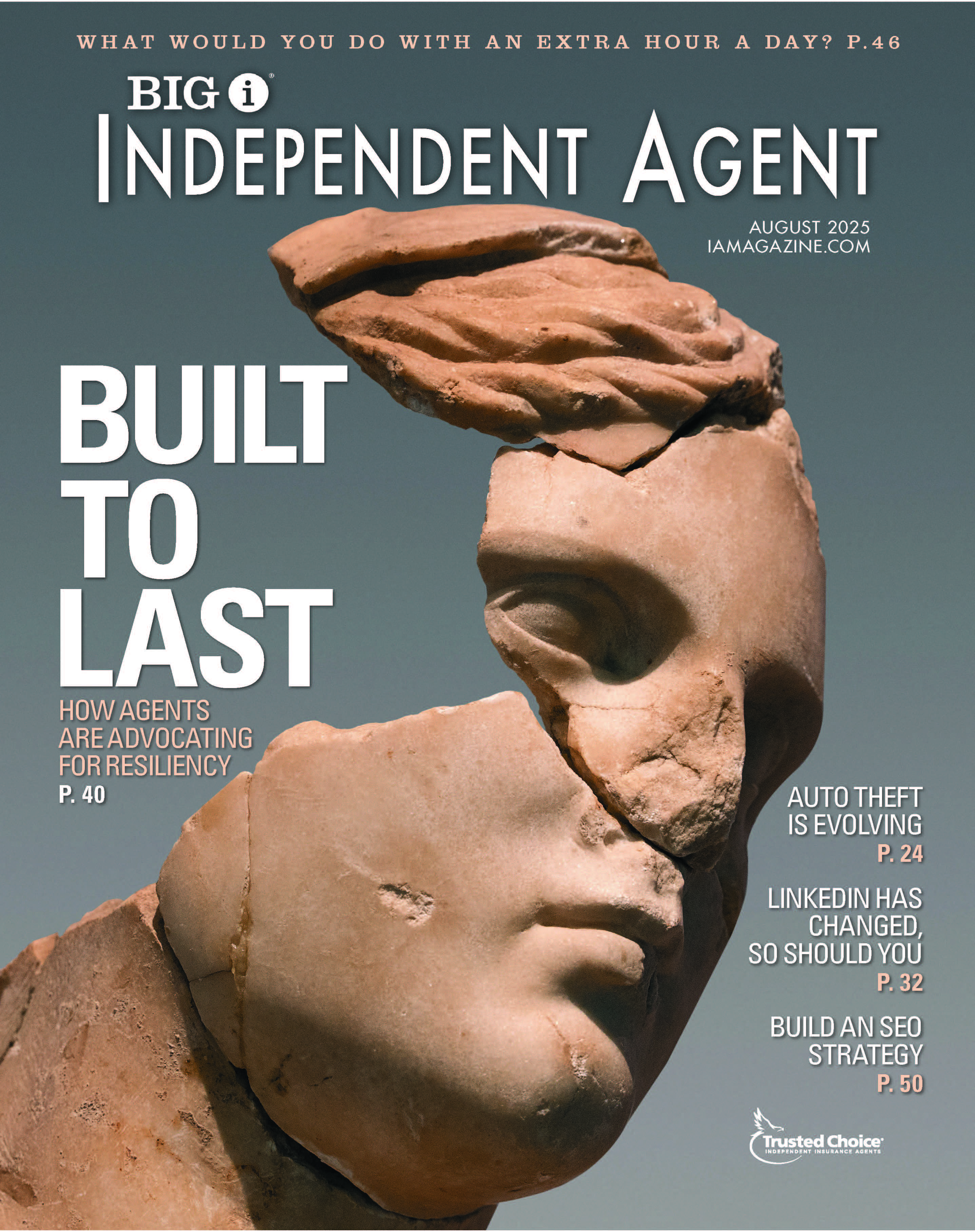2016 Kicks Off With an Even Softer Market

By: Jacquelyn Connelly
Property-casualty insurance pricing closed out 2015 with a soft market: Average commercial rates declined to -4% in December from -3% in November and the personal lines composite held steady at -1%, according to the latest MarketScout pricing survey.
By coverage class, commercial property, umbrella, workers comp, professional liability, fiduciary and surety rates all declined since November. All commercial accounts up to $1 million in premium enjoyed rate reductions in December, while pricing for jumbo accounts—those with more than $1 million in premium—held steady at an average -4%.
“Market cycles are part of our life, be it insurance, real estate, interest rates or the price of oil,” says Richard Kerr, MarketScout CEO. “Market cycles are going to occur without question. The only questions are when, how much and how long.”
Prior to this past September, when average commercial pricing hit -1%, rates had “bumped along” at flat or +1-1.5% since July 2014. But December marks the fourth straight month of soft commercial rates—and according to Kerr, “the technical trigger of a soft market occurs when the composite rate drops below par for three consecutive months.”
However, the length and strength of market cycles has become significantly less volatile over the last five or six years. “The impact of a hard or soft market in today’s environment may be 5-6% percent up or down,” Kerr points out. “Can you imagine how we would react today in a market such as that of July 2002, when the composite rate was up 32%? Or in December 2007, when the composite rate was down 16%?”
By comparison, today’s soft market is benign. Not only do today’s underwriters have better tools at their disposal for pricing products and forecasting losses, “the chances of a rogue underwriter or company are greatly reduced by the industry’s checks and balances,” Kerr says. “There may be less excitement, but there are probably far fewer CEO heart attacks.”
In personal lines, insurance rates for homes valued less than $1 million actually rose to flat in December from -1% in November, while pricing for all other homes slipped to -2% from -1%. Composite rates for both auto and personal articles held steady at flat and -1%, respectively.
You can blame aggressive personal lines pricing on a lack of catastrophes and additional market capacity, Kerr says. “The non-admitted markets are more directly impacted by significant wind or quake events,” he explains. “The dearth of these catastrophes has resulted in some non-admitted insurers dropping their guard.”
Along with some of the thinly capitalized upstart companies in Florida, these insurers “will suffer tremendously when a significant hurricane or quake occurs,” Kerr warns. “The question isn’t if it will come—it’s simply when.”
Jacquelyn Connelly is IA senior editor.










